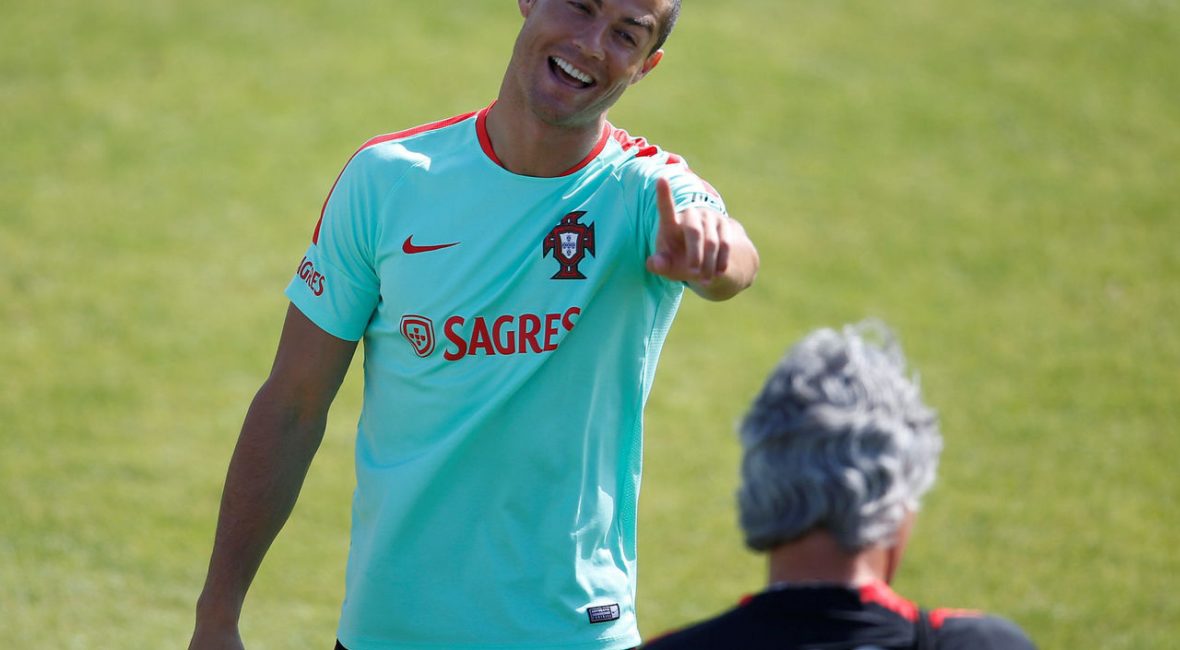-

Kevin SeifertNFL Nation
Close- ESPN.com national NFL writer
- ESPN.com NFC North reporter, 2008-2013
- Covered Vikings for Minneapolis Star Tribune, 1999-2008
Our ESPN Insiders have provided an expert assessment of how NFL teams are positioned to compete during the next three seasons. That will bring us to the year 2020, the dawn of a new decade and the start of a key period for owners and players as they posture for the expiration of their 10-year collective bargaining agreement. (Assuming they don’t agree on an extension before the current CBA expires after the 2020 season.)

Louis Riddick, Mike Sando and Field Yates team up to rank the NFL teams that are in the best — and worst — shape for the next three seasons. How do the Cowboys and Patriots stack up?

Just how long can soon-to-be-40-year-old Tom Brady play? And Odell Beckham Jr. will make how much on his new deal? With help from league insiders, we’re forecasting the next three seasons.

Matt Patricia’s experience in New England has him on the head-coaching radar, but which other NFL assistants could also get the call to the next level? ESPN Insiders take a look around the league.
2 Related
What will the NFL look like at that point? What advances will it have made? What issues will it have solved, and what problems might still remain? Let’s take a closer look.
Guaranteed contracts
You’ve heard the argument: NFL players have the shortest careers — less than four years, on average — while playing a game that maims some of them. Yet their contracts are never fully guaranteed, meaning teams can release them at any time without paying the full amount due. But establishing a fully guaranteed paradigm is not a matter of changing policy. (It’s not mentioned in the CBA.) It would require a fundamental change in the market. Players have long agreed to these terms during individual negotiations. What would incentivize owners to guarantee contracts fully when they don’t have to? A high-profile player could hold out and force a one-off concession, but it’s tough to imagine all players benefiting in the same way. And even if owners changed their approach, it’s fair to wonder if they would simply reduce multiyear, partially guaranteed offers to one-year, fully guaranteed deals. In short, it’s difficult to conceive a meaningful path to fully guaranteed multiyear deals across the league.
Verdict: Won’t happen
International franchise
As the NBA has demonstrated, you don’t need to place a franchise overseas to establish an international following. Smart marketing, offseason player promotions and international participation in the game can achieve a similar outcome. The NFL’s international emphasis will continue and perhaps intensify as it pursues a goal of matching its domestic fan total internationally. But that is more likely to manifest in an increase of one-off games in Mexico City, London and other cities. Owners aren’t interested in expanding beyond 32 teams, and there isn’t a franchise with a poor-enough stadium situation to force a relocation crisis in the next three years. The only reason for pause is that, one year ago, few thought the NFL would move the Raiders from Oakland to Las Vegas. If the NFL can move to Vegas and accept the presumed problems it once avoided, it can talk itself into moving anywhere when a few powerful owners get behind it.
Verdict: Won’t happen
Helmet overhaul
The NFL is eager to shift the conversation on concussions. It committed $100 million last fall to research remedies for health issues of all kinds, including a reimagining of helmets. The helmet was originally designed to prevent skull fractures, not concussions. The first potential redesign is the VICIS Zero1, a helmet designed to protect against rotational injury — the cause of concussions — rather than just linear contact. Almost three-fourths of NFL teams had at least one player test the helmet this spring. Whether or not it succeeds, you can expect additional new products to appear in the coming years. The private sector has been incentivized, and it’s reasonable to believe that helmets will look and function much differently by the year 2020.
Verdict: Will happen
Developmental league
There is widespread agreement among football executives, from the league and the teams, that there is a need for more offseason work for young players — especially quarterbacks — than the CBA currently allows. But there is no unifying solution. Some prefer a traditional domestic spring developmental league modeled after NFL Europe. But it would be costly and would probably overlap with the handful of offseason practices teams are allowed. Others would settle for a quarterback “academy” that would give practice-like reps and individualized tutoring to young prospects. Some think that expanded practice squads are the answer. And a few hope the next CBA will relax team-based offseason training restrictions. This muddled situation has left it to others to create a model the NFL might eventually buy into, most recently The Spring League.
Verdict: Might happen
Reduction in broadcast revenue
Television rights fees have been the largest driver of the NFL’s economic explosion in the past decade. But recent upheaval in the broadcast and cable industries, and a notable ratings dip in 2016, has prompted a fair question: Will the gravy train end? If it does, it’s unlikely to come in this three-year window. Contracts with CBS, Fox, NBC and ESPN all run through at least 2021. The NFL already has begun a transition to over-the-top (OTT) internet broadcasts, partnering first with Twitter and now Amazon for 2017. Rights fees are relatively small now but are growing; Amazon will pay five times ($50 million) what Twitter paid ($10 million) per season. There might be a time when the NFL is impacted by a bursting television bubble, but that moment does not appear close and new opportunities already exist.
Verdict: Won’t happen
Nonsentient officiating
The international proliferation of technology-based officiating tools has not extended to the NFL, much to the chagrin of fans who see the impact of these tools on other sports. Behind the scenes, the league has researched the possibility of placing GPS-like chips in footballs, on goal posts and on the goal line. It stands to reason that reliable data would, if nothing else, help replay officials confirm some on-field calls, such as whether the ball crossed the plane of the goal. But the technology’s growing dependability has not yet convinced the competition committee. The league’s old-guard faction has been committed to retaining the “human element” of officiating. At some point relatively soon, however, it won’t be able to deny (credibly) the ways technology could supplement decision-making. The experimenting will start small but grow over time.
Verdict: Will happen
Disempowerment of Goodell
Ha! (Sorry.) Players hate the closed-loop authority commissioner Roger Goodell maintains over most aspects of discipline, as prescribed in the 2011 CBA. This “judge, jury and executioner” lament has fueled countless public dust-ups and legal disputes. Goodell ultimately has prevailed in most of them. This authority allows Goodell to address what he considers matters of NFL integrity as he sees fit, even in a union environment. Why would he give it up? Owners might convince him to take a personal step back, leaving the work to designated staff members. But that’s much different than submitting discipline to neutral arbitration, as players would prefer. To negotiate it out of the next CBA, players would have to give up something significant, and all for an issue that impacts a statistical minority of them. There is no reason to expect change here in the next three years — or ever.
Verdict: Won’t happen
Sponsorship logos on jerseys
Teams have been selling corporate sponsorships on their practice jerseys since 2009, a hysterical transaction considering that they are seen only in practice and most NFL practices are closed to the public with increasingly limited access for visual media. The next stop is game jerseys, a transition that seems inevitable. The NFL is not usually first into any arena, revenue or otherwise, but the NBA already has jumped ahead. Its teams will wear corporate logos on game jerseys starting with the 2017-18 regular season. In the end, do you really think NFL owners would turn down the additional revenue to maintain the tradition or sanctity of their game uniforms? Exactly.
Verdict: Will happen
Player supply changes
Verdict: Will happen
Kickoffs go away
The NFL seemed to put itself on a path toward eliminating kickoffs, for safety reasons, when it moved the touchback from the 20- to the 25-yard line in 2016. The idea was to incentivize returners to take touchbacks, and thus expose them to fewer injury-causing runbacks. But some teams responded with intentionally shorter kickoffs. In the end, the change reduced returns slightly and brought injury totals down enough to satisfy rule makers. But the injury numbers — or at least part of them — are random, and unfortunately, the NFL is probably one series of significant injuries away from a more dramatic step. Even now, nearly 60 percent of kickoffs go unreturned. The play has been dying a slow death for years.
Verdict: Might happen






